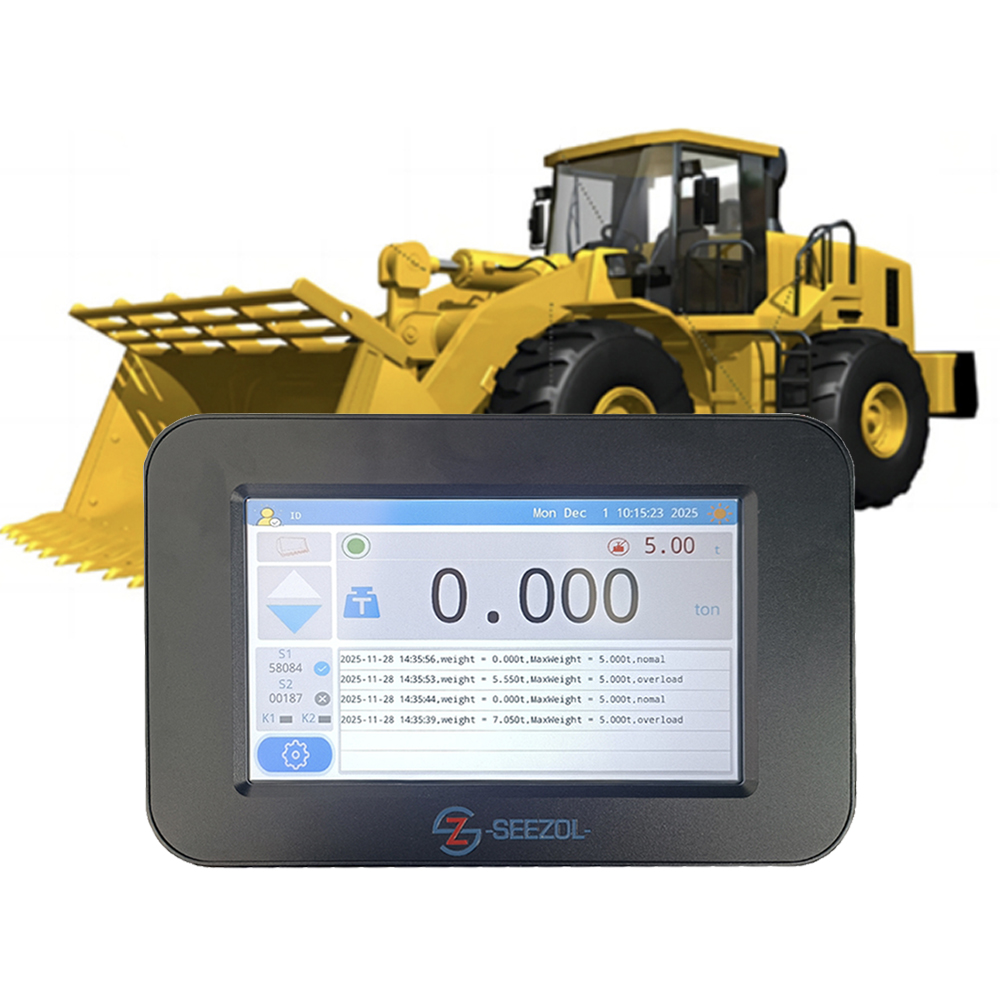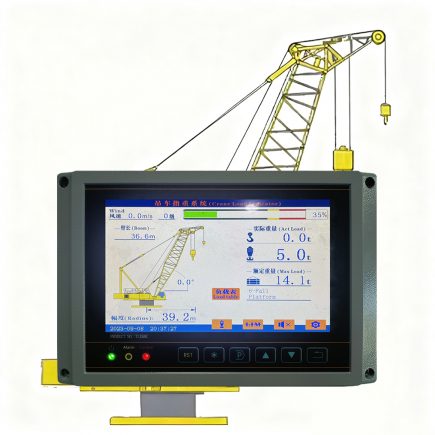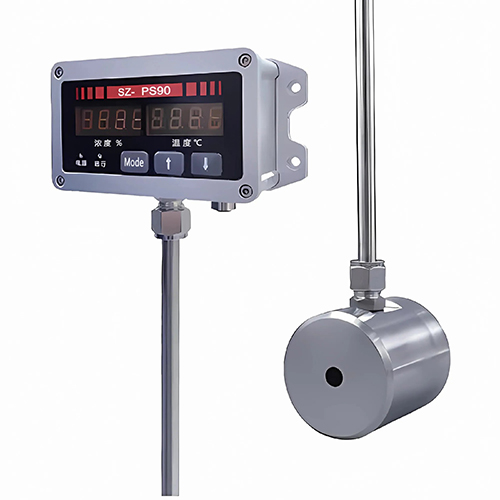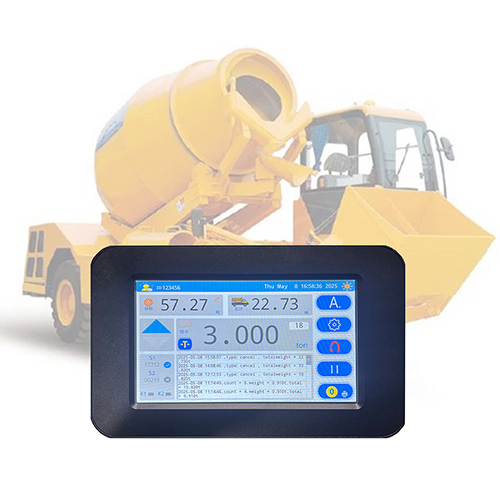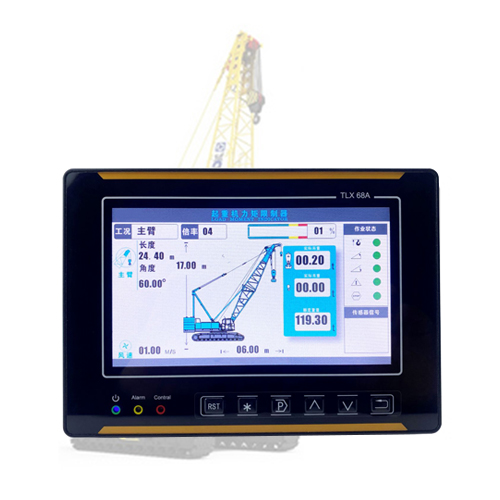Ring force sensors are commonly used in forklift load limiters and forklift weighing systems. Their flat structure fits compact spaces and offers strong resistance to off-center loads. The key is to select the correct installation location and ensure vertical force transmission. The following are simplified installation methods and key points for single- and multi-mast forklifts.

1. Core Installation Principles
Vertical Load: The cargo weight must act completely perpendicularly on the sensor’s load-bearing surface to eliminate measurement errors caused by lateral forces.
Spatial Adaptability: The circular structure allows for direct installation at narrow or irregular joints, such as the mast and fork carriage, without requiring major modifications.

2. Installation Methods by Type
(1) Single-Mast Forklifts

- Preferably, install at the “fork carriage and inner mast connection point” to minimize the force transmission path and maximize accuracy.
- Remove the bolts connecting the fork carriage and inner mast, clean the support beam surface, and ensure it is flat and rust-free (flatness tolerance ≤ 0.1mm). Install a suitable circular transition plate and place the sensor flat on it, ensuring full contact between the load-bearing surfaces.
- Reinsert the connecting bolts and tighten with a torque wrench according to the instructions (torque 25-40 N·m, to prevent damage to the sensor due to overtightening).
- Route the sensor cable along the side of the mast and guide it through a protective sleeve to the controller in the cab to avoid friction.
(2) Multi-Mast Forklifts (Double/Triple Masts)

- Select “Inner Mast and Fork Carriage Connection Point” to avoid interference from the outer mast movement and ensure both measurement and lifting stability.
- Remove the fork carriage connector on the inner mast (welded models require cutting first). Customize a dedicated mounting flange (thickness ≥ 15 mm, matching the connector dimensions). Secure the sensor to the center of the flange, with the load-bearing surface facing upward.
- Weld or bolt the flange with the sensor to the inner mast. Use cold water to cool the sensor during welding (the sensor has a temperature resistance of ≤ 80°C).
- Install guide blocks on both sides of the fork carriage to limit left and right deflection to ≤ 2 mm to protect the sensor from lateral forces. The cable is routed through the gap between the inner and middle masts and connected to the controller via a slip ring assembly to prevent entanglement during lifting.
3. General Precautions

- Preventing Force Damage: Install limit blocks to limit deflection to ≤2mm. Strictly prevent the sensor from being subjected to lateral forces or impacts.
- Protection Upgrade: Most sensors are IP67 rated. For harsh operating conditions, upgrade to IP68 and install a dust cover.
- Post-installation calibration is required to ensure measurement accuracy. Also, ensure the cable is protected to prevent interference from moving parts.

